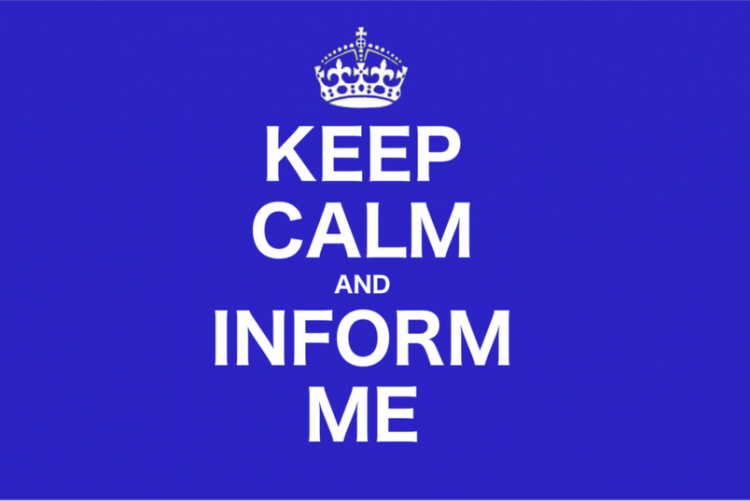Don't Touch Me
I recently saw a description of a B2B social forum that stated,
“the socially except-able way is to touch your prospects 6 times but only the 6th touch can be an advertisement about you, your company and/or your solution(s)”.
Ignoring the obvious, and ironic, misspelling, one needs to ask: what should the other five touches be?
“…send them relevant articles about changes in their industry or significant trends that are accruing.”
Really?! It’s this kind of approach that (IMHO) gives social marketers a bad name. Let’s break it down.
First, if you are trying to do social sales and marketing, the actual socialization can be used to accomplish a number of things, including building brand awareness, trying to stay top-of-mind, and especially trying to attract someone onto a conversion path. However, the perception you leave with the audience needs to be considered. If you send your audience stuff that they already know, you are spamming (from their perspective). If you are posting about a truly “significant trend” in their industry, the audience is most likely already aware of it—still spamming!
Secondly, unless you are a recognized expert in their industry, posting anything about that industry will make you sound condescending, and is the height of hubris. In the end, posting five messages with “insight” and “trends” about an industry that is not your own will leave the reader with a very NEGATIVE impression of your brand, and a top-of-mind awareness of you as nothing better than a social photocopier spewing someone else’s information. By the time you do send them something about your products or services, it will be tainted with the same negative perception.
Most importantly, social is about consistency. If you condition your audience with five pieces of useless regurgitation, they will likely ignore the sixth posting that is supposed to be your “money post” to get them onto a conversion path. Not only will your lead generation diminish, but justification for your social activities in general will become very hard to do. Management typically does not consider social marketing as a cost of doing business. There needs to be some direct line of sight to revenue, typically through lead generation. Diminishing leads = diminishing marketing budgets!
Inform Me
You are an expert on your products and services. If you have established yourself with your audience as a vendor of those products and services, then that is what you need to socialize.
Even if you want to use the 5:1 ratio of informative to advertisement postings, make those five posts about what’s happening in YOUR industry.
If you are making widgets, tell them what’s new in the widget industry, what’s trending, and why this is important for them to know. Making widgets for another industry doesn’t make you an expert in that other industry. At best, it makes you an expert on widget-use by that other industry. So stick to your widgets.
With the buyer’s journey becoming more and more self-directed, buyers are doing a lot of research on their own. The perception you want to establish is one of authority on your products and services, and how they impact your target market. That’s actually the kind of information source a buyer is seeking out—someone to help them with their decision-making process through informative posts about customer experiences, best practices, and decision-making guidance.
The secret to success, therefore, is not about any optimal ratio of “touch types”, but alignment of all social interactions to the buyer’s persona and journey. Get them the right decision-making tools and information that they need at the right times. Keep them informed ABOUT YOU, so when they finally arrive at the point of making a decision, you get consideration. That’s successful social marketing.

